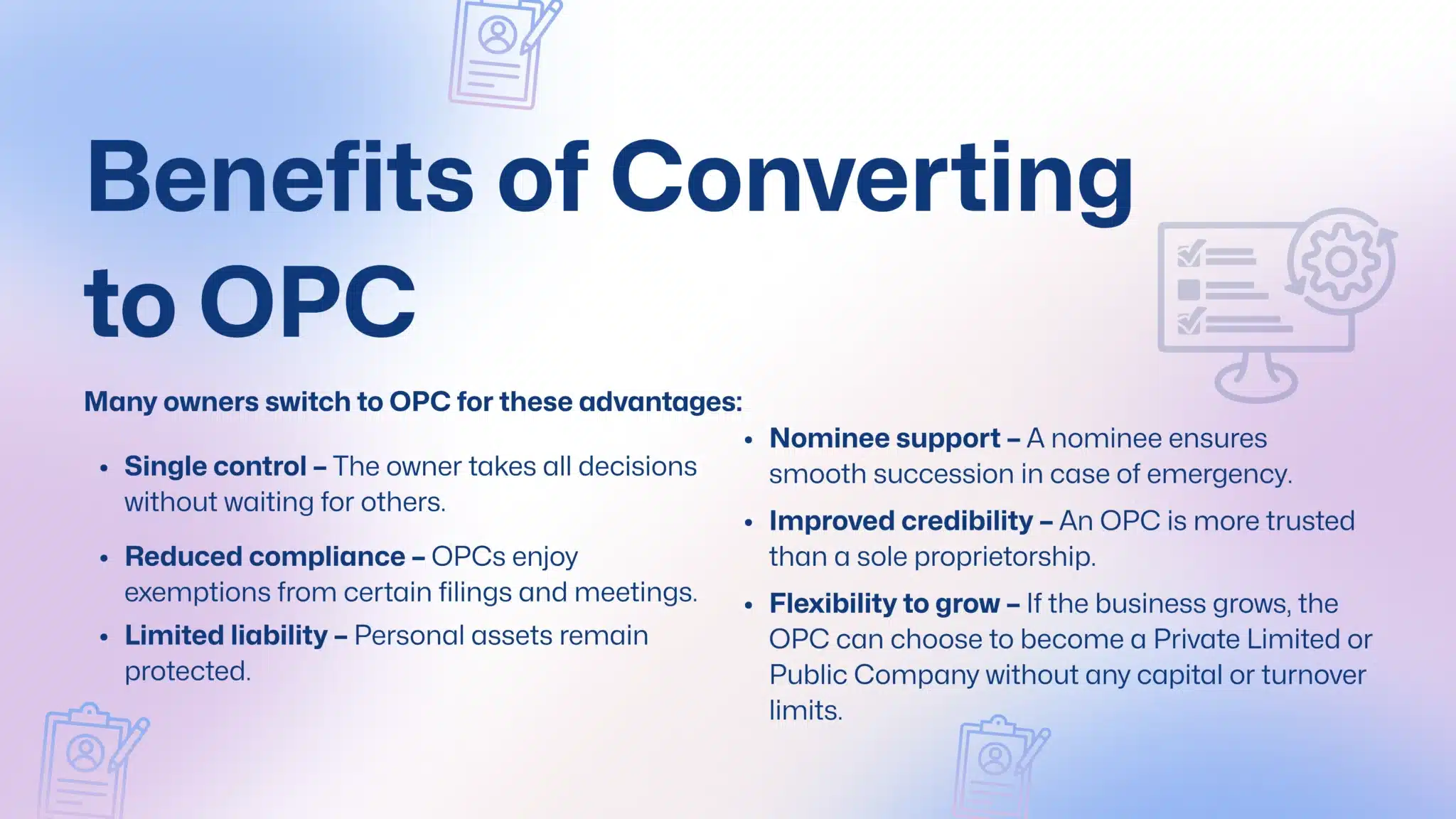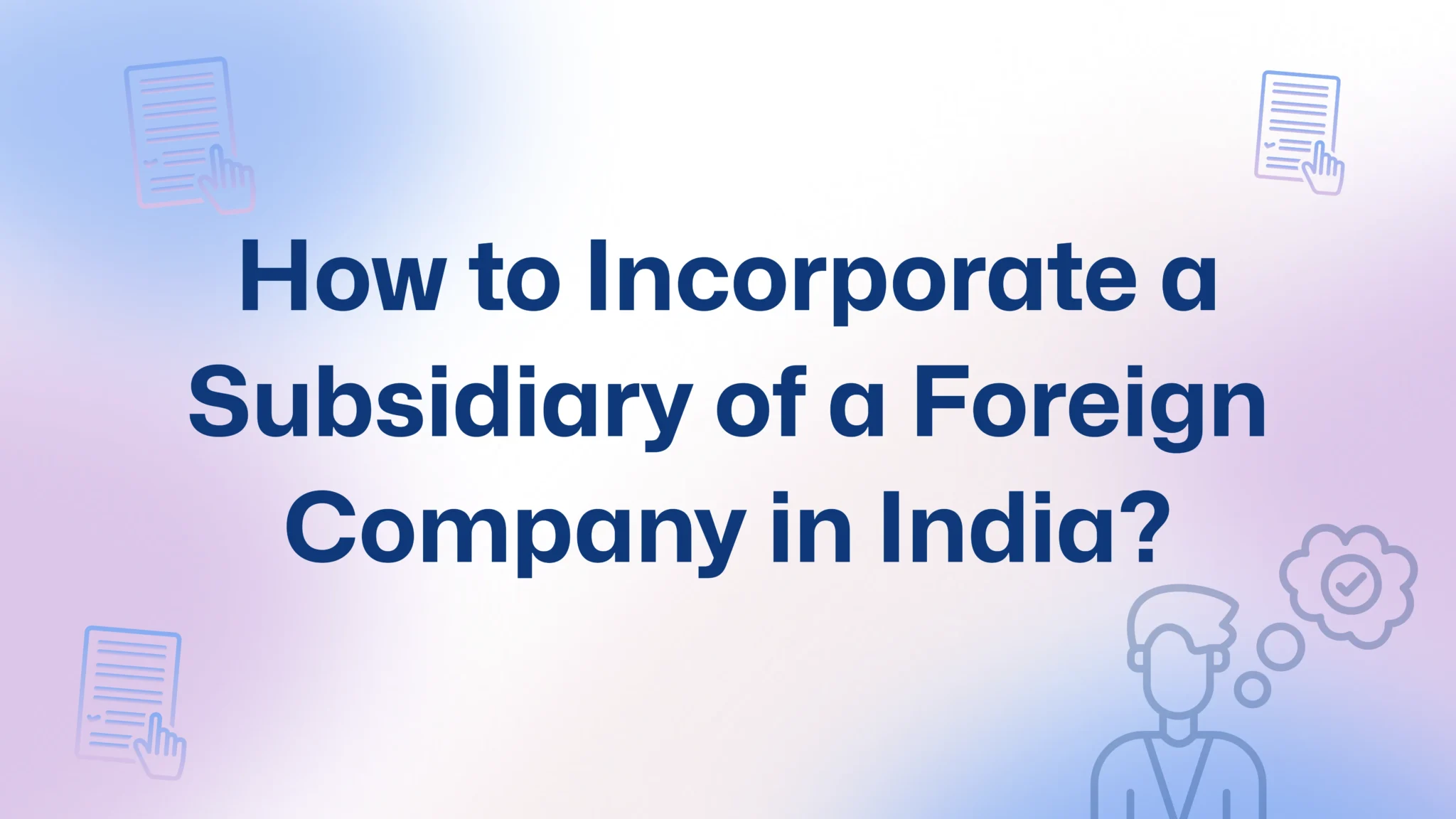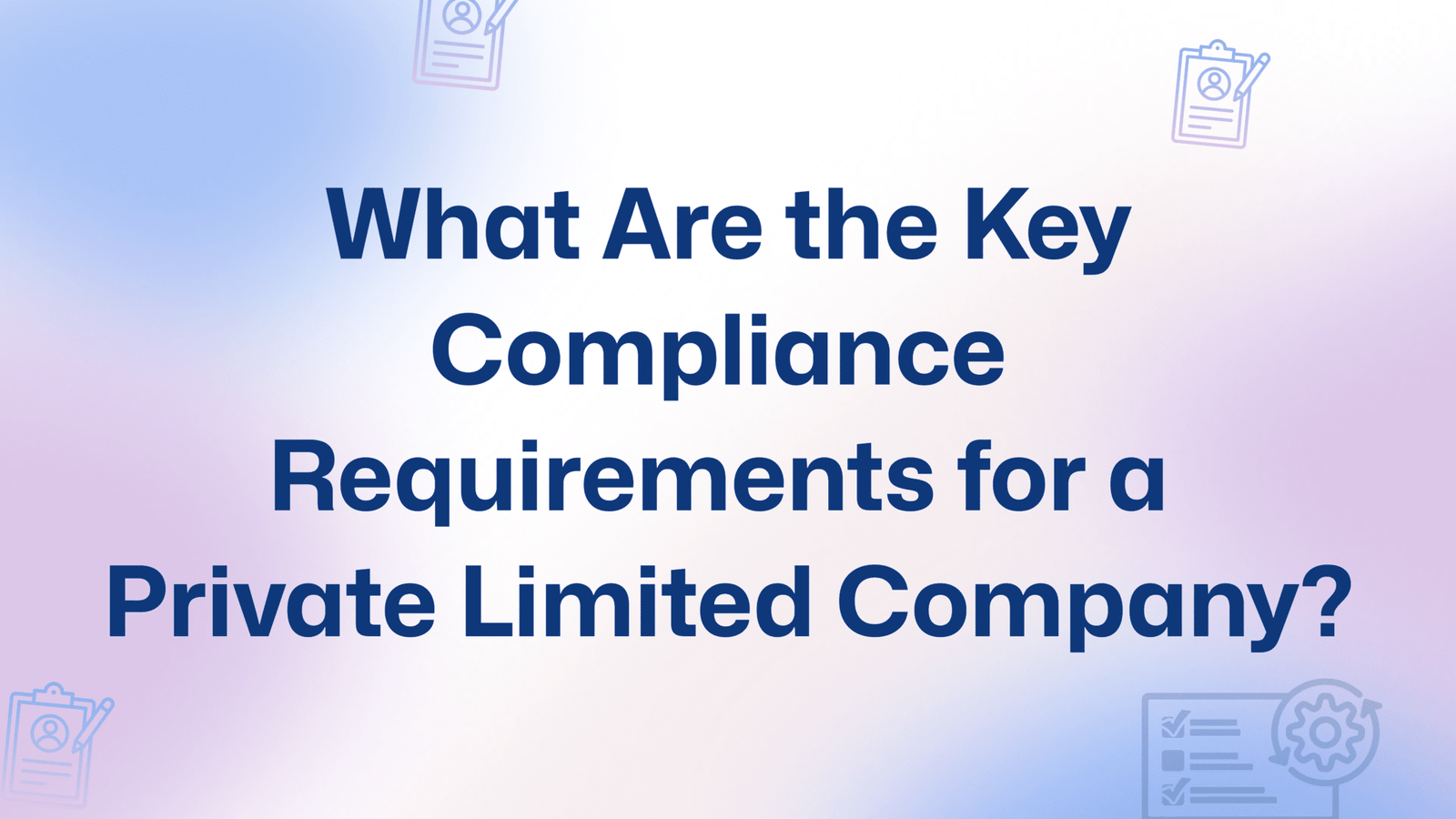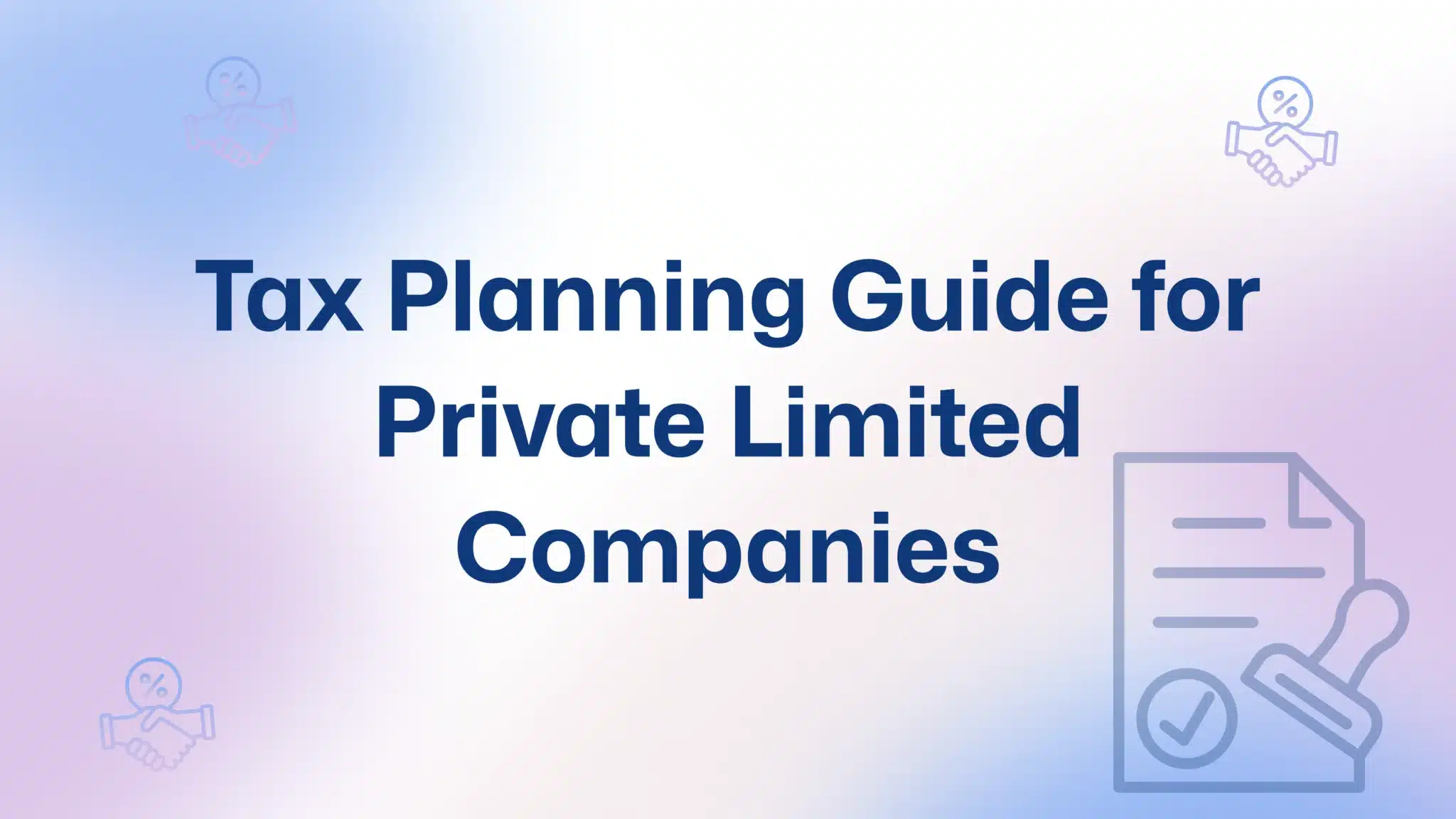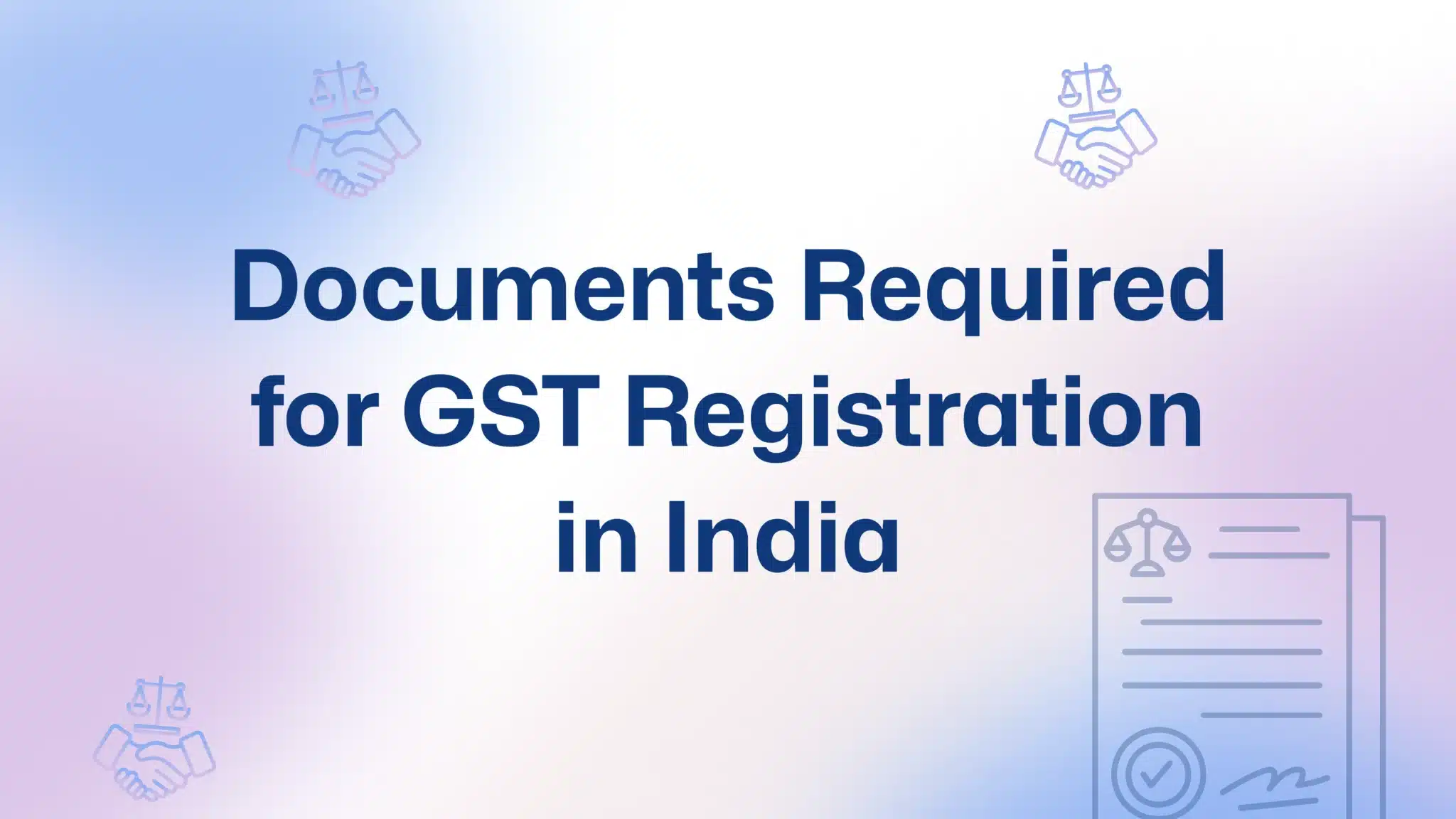Starting a business is exciting, but choosing the right structure is just as important. In India, many founders begin with a Private Limited Company. It is trusted by banks, preferred by investors, and gives limited liability protection. But over time, some companies realize that a leaner structure works better. If the company has a single owner, moving to an OPC (One Person Company) can make management easier while keeping the benefits of a corporate identity.
This blog explains the conversion of a Private Limited Company into an OPC step by step. We will cover eligibility, conditions, benefits, process, documentation, ROC forms, and post-conversion steps.
Understanding the Basics: Private Limited Company vs OPC
Private Limited Company
- Ownership & Structure – Requires at least two shareholders and two directors. It has a separate legal identity, which keeps the business distinct from its owners.
- Liability & Continuity – In a Private Limited Company, shareholders are liable only up to the amount they have invested. Personal assets are protected from company debts or losses. The company enjoys perpetual succession and continues to exist even if ownership or directors change.
- Growth & Credibility – A Private Limited Company is preferred by banks and investors due to its formal structure. This makes it easier to secure loans and attract investment. It also provides a strong foundation to scale operations compared to smaller business forms like partnerships.
OPC (One Person Company)
- Single Ownership – Formed by one individual who acts as both shareholder and director, giving full control while enjoying a corporate status.
- Legal Protection & Nominee System – Provides limited liability and requires a nominee to ensure continuity if the owner is unable to manage.
- Simplified Compliance – Lighter filing and governance requirements than a Private Limited Company, while still building credibility with banks and clients.
Eligibility and Conditions for Conversion
Not every company can convert. The Companies Act, 2013 and the Companies (Incorporation) Rules, 2014 prescribe certain conditions:
Capital and turnover limits
- Earlier, an OPC could convert only if its paid-up share capital was up to ₹50 lakh and annual turnover up to ₹2 crore.
- From 1st April 2021, these limits were removed, and now there is no capital or turnover restriction for conversion.
Promoter requirements
- The shareholder must be a natural person.
- They should be an Indian citizen and resident in India.
- They cannot own or act as nominees in another OPC.
- Minors are not allowed as members or nominees.
Other restrictions
- The Private Limited Company should not be a Section 8 (non-profit) company.
- Consent from creditors and members is required.
Only when all these conditions are satisfied can the company start the conversion process.
Benefits of Converting to OPC
Many owners switch to OPC for these advantages:
- Single control – The owner takes all decisions without waiting for others.
- Reduced compliance – OPCs enjoy exemptions from certain filings and meetings.
- Limited liability – Personal assets remain protected.
- Nominee support – A nominee ensures smooth succession in case of emergency.
- Improved credibility – An OPC is more trusted than a sole proprietorship.
- Flexibility to grow – If the business grows, the OPC can choose to become a Private Limited or Public Company without any capital or turnover limits.
Step-by-Step Process of Conversion
Converting a Private Limited Company into an OPC needs clear planning. The process involves both internal approvals and filings with the Registrar of Companies (ROC).
Step 1: Board Meeting
In the Extraordinary General Meeting (EGM) time, date and agenda is decided. A director is usually authorized to issue the notice of EGM to all concerned parties. The decision at this stage sets the foundation for the entire conversion process.
Step 2: Notice for EGM
A notice is sent at least 21 days before the meeting to shareholders, directors, and auditors. It includes details of the resolution and reasons for conversion. The notice must also include an explanatory statement as per the Companies Act. This ensures that every member and auditor is informed of the proposed change.
Step 3: Consent from Creditors and Members
Written No Objection Certificates (NOCs) are collected from creditors and members. Their consent is important because conversion should not affect outstanding dues or liabilities. The company must ensure that no stakeholder is at risk due to the shift. These NOCs are attached with the filing documents for ROC approval.
Step 4: Hold EGM and Pass Resolution
In the EGM, a special resolution is passed to approve conversion and change the MOA and AOA. This resolution requires at least three-fourths of members’ approval. The altered MOA and AOA must clearly reflect the new OPC structure. Proper minutes of the meeting should also be recorded for compliance.
Step 5: File MGT-14
Within 30 days, the company files Form MGT-14 with the ROC along with a copy of the resolution and altered MOA/AOA. This form formally describes special resolution to the Registrar. Supporting documents like the notice of EGM (External General Meeting) and certified true copies of resolutions are attached. Filing this form on time is mandatory to avoid penalties.
Step 6: File INC-6
The application for conversion is filed in Form INC-6. It includes financial statements, NOCs, affidavits, and other required documents. A practising CA or CS must certify that the company meets all eligibility requirements. The form includes full details of the company’s structure and formally requests approval for the conversion.
Step 7: ROC Review and Certificate
The ROC (Registrar of Companies) checks all filings. If everything is in place, it issues a new Certificate of Incorporation showing the company’s new OPC status. This certificate shows that the business is now legally recognized as an OPC. The conversion becomes effective from the date of issue, and all records must be updated accordingly.
Documents Required
The following attachments should be submitted with Form MGT-14:
- A certified copy of the board resolution approving the conversion.
- The EGM notice along with the resolution passed.
- The altered MOA and AOA reflecting OPC structure.
The following attachments should be submitted with Form INC-6:
- A list of members and creditors of the company.
- The latest audited balance sheet and profit & loss account.
- Copies of NOCs from creditors and members.
- A declaration by directors, through affidavit, confirming eligibility for conversion.
- A certificate of compliance from a practising CA or CS.
- Identity and address proof of the shareholder and nominee.
Filing Forms with ROC
Two forms play a key role:
- MGT-14 – For filing the special resolution and updated documents.
- INC-6 – For the formal conversion request with all supporting papers.
Both must be filed within the deadline to avoid penalties or rejection.
Certificate of Conversion and Post-Conversion Steps
Once the ROC approves, the company receives a fresh Certificate of Incorporation. After this, the following updates are required:
- Apply for a new PAN and TAN if necessary.
- Inform banks and update account details.
- Update GST registration and other tax records.
- Change the company name on invoices, letterheads, and contracts.
- Start following OPC compliance requirements.
Conclusion
Private Limited Company is often right move than OPC for the entrepreneurs who are the sole owners of their businesses. Careful handling is essential throughout the process. Board meetings, resolutions, NOCs, and ROC filings all have to be managed without error. It reduces compliance, allows faster decision-making, and still protects the owner through limited liability. At FinguruIndia, we help businesses handle such conversions smoothly. Our team ensures all the bits of the process from checking eligibility, preparing documents to filing ROC and securing new certificates of incorporation.

